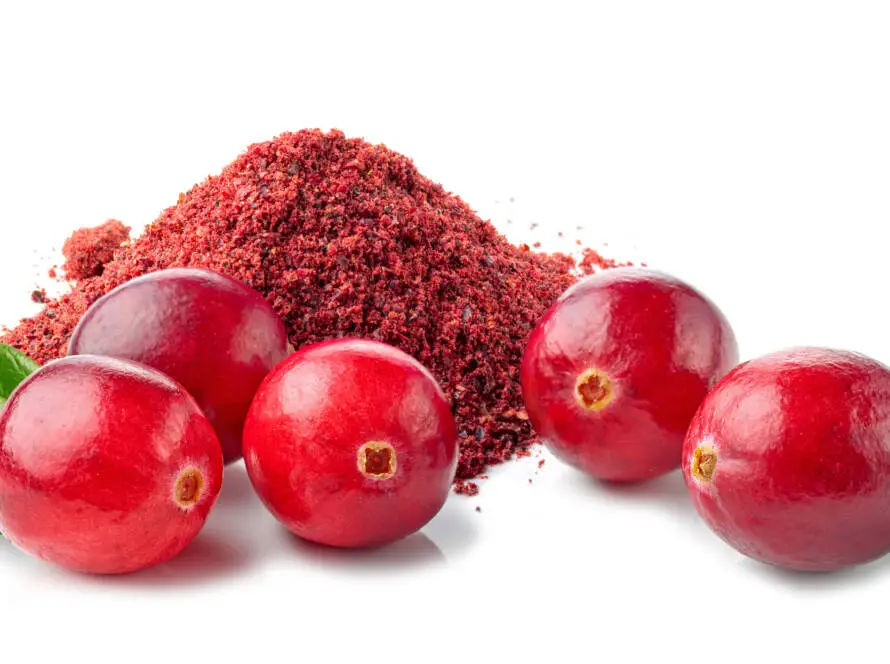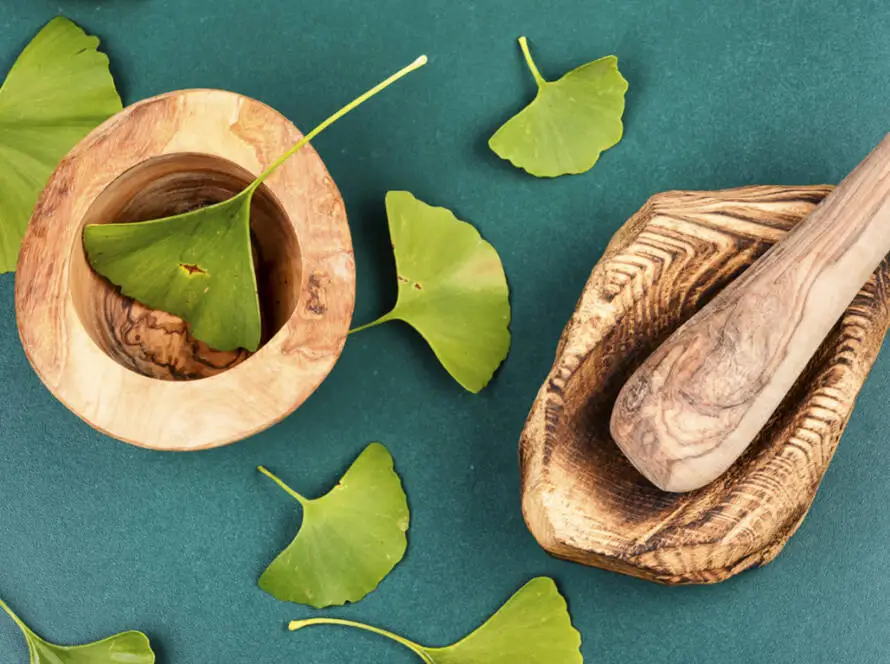Butchers Broom
This fact sheet provides basic information about Butcher’s Broom. Butcher’s broom is a low-growing evergreen shrub widely distributed from Iran to the Mediterranean and the southern United States. The plant develops edible shoots from rhizomes that resemble asparagus. It has been used in various forms as a laxative, diuretic, treatment for circulatory diseases, and cytotoxic agent, although clinical trial results are limited.
Common Names
- Butcher’s Broom
- Box Holly
- Knee Holly
- Pettigree
- Sweet Broom
- Jew’s Myrtle
Latin Name
Ruscus aculeatus
Uses
Butcher’s broom is used for:
- Chronic venous insufficiency
- Atherosclerosis
- Hemorrhoids
- Varicose veins
- Alleviating constipation and excess water retention
- Mild diuretic and laxative properties, though other drugs are now considered more effective.
How It Is Used
In traditional medicine, both the root and stem of the plant are utilized in herbal preparations.
Scientific Evidence
- The German Commission E approves the oral use of the rhizome for supportive therapy for chronic venous insufficiency and hemorrhoid discomforts, reporting no known interactions. A clinical trial involving 40 patients found no adverse events attributable to the therapy.
Side Effects and Cautions
- Safety and efficacy during pregnancy and lactation are not well-documented; therefore, use is not recommended.
- While generally considered safe, there have been reports of burdock root tea poisoning due to adulteration with atropine-containing plants, leading to symptoms such as blurred vision, headache, drowsiness, and more.
Sources
Disclaimer
The information I’ve shared about herbs is for educational purposes only and is not meant as medical advice. While many herbs have been traditionally used for their potential health benefits, individual responses may vary, and the effectiveness of herbs can depend on various factors, including personal health conditions and interactions with medications. It is essential to consult with a qualified healthcare professional or a licensed herbalist before using herbs for medicinal purposes or making significant changes to your health regimen. This information should not be considered a substitute for professional medical advice, diagnosis, or treatment.


